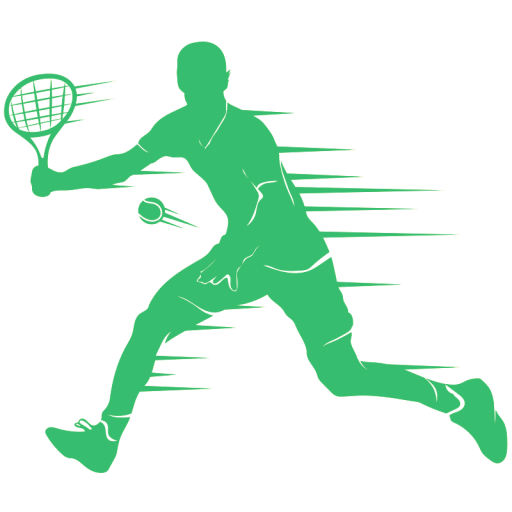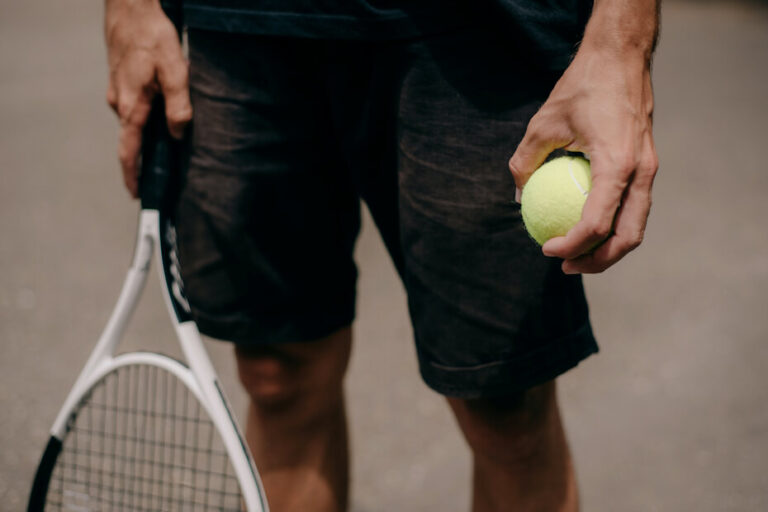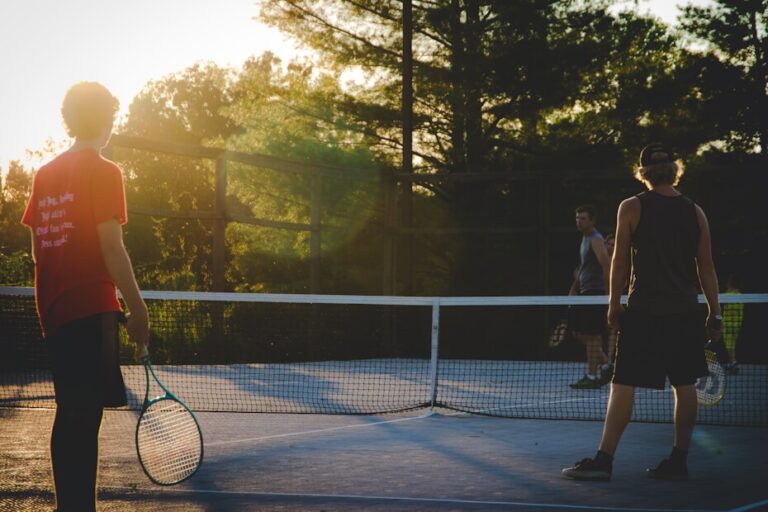Tennis is one of the most civilized and enjoyable sports in the world today. Played by some of the greatest to ever pick up a racquet, tennis is a sport that requires physical fitness, endurance, stamina, technique, and of course, the right equipment.
As awesome as tennis players can be, a tennis player is only as good as their kit, which is why care and maintenance are so important, especially when it comes to your tennis racquet.
Tennis racquets are of course integral to a game of tennis, just as golf clubs are integral to a round of golf. If your tennis racquet is old, beaten up, and in poor condition, however, this will have a negative impact on how you play, and nobody wants that.
Buying a good quality racquet is of course the first step, but even then, tennis racquets only stay in good condition for so long, which is why caring for and maintaining your racquet is vital. To help you do precisely that, here are some handy tennis racquet maintenance tips for you to follow.
Store Your Racquet in the Right Spot
Professional tennis players don’t have to worry about caring for and maintaining their racquets because they have a team of people to do that for them, not to mention sponsors sending them the best racquets on the market.
Everyday players, however, don’t have that luxury. If you spend good money on a tennis racquet, the last thing you want is for it to wear out and deteriorate, which is why you need to store it in the right location.
Far too many tennis players will head out to their nearest courts, have a few matches with their friends, throw their racquet in the backseat of their car, and then forget about it until they play again. This is one of the worst things you can do.
Cars can get very hot in direct sunlight, and heat for a tennis racquet is like meat to a vegetarian, or Kryptonite for Superman. Heat can cause the body to warp, the strings to loosen, and the handle to weaken. Direct sunlight can also weaken the grip.
Storing your racquet somewhere cold is also a no-no, as cold temperatures can cause the strings to harden and become brittle, meaning that they’ll be more likely to snap.
Ideally, you want your tennis racquet stored at home, at room temperature, out of direct sunlight, and away from somewhere with excess moisture.
Know Your Strings
Did you know that different types of tennis strings can have different effects on the amount of playing time they provide you with? If not, after reading this you certainly will.
Nylon tennis racquet strings are great for casual players who don’t play regularly, as, providing you don’t snap them, they will give you around 30 – 40 hours of playing time, depending on how intense you play.
Natural gut strings, however, which are literally made from the gut of animals (usually sheep) will provide almost double that, giving you around 60 – 80 hours of playing time due to the fact that they’re more durable and are harder wearing.
Invest in a Good Quality Racquet
Even though we’re talking about things that you can do to care for and maintain your tennis racquet, that doesn’t mean that you should invest in a cheap and poor-quality racquet, because you get what you pay for in life.
If you want to prolong the life of your tennis racquet and keep it in the best condition possible, make sure you purchase a good quality racquet as it will be designed with better materials, to a higher spec, and it will be easier to look after and preserve.
Good quality racquets are built to last, plus if you ever compare them to poor quality, cheap entry-level racquets, the difference they make to the game itself is extraordinary. Not only will they help you to play better tennis, but they’ll also help you to play safer as well as they’ll be less likely to result in common tennis-related injuries such as sprained wrist and tennis elbow.
Restring Your Racquet
It doesn’t matter whether you play once a month, or once a day, when it comes to the strings on your tennis racquet you should make sure that you have your racquet restrung at least twice a year, or more still if you play a lot of tennis.
Having your racquet restrung will not only help to offer better contact with the ball, but it will also help you to control the tennis ball better.
If you’re unsure about how often to have your racquet restrung, a general guide is to have it restrung as many times in a single year as you play in a week. So, if you play three times a week on average, your racquet should be restrung three times in a year, so pretty much every four months.
It might seem like a pain in the rear end and an unnecessary expense and task, but take it from us, there’s no better feeling as a tennis player than a re-strung tennis racquet. We can’t guarantee that this will help you serve like the Williams Sisters, but we can guarantee that it will enhance your experience as a tennis player, which is worth it in itself.
Touch Up an Older Racquet Yourself
For some of you reading this today, you may be playing with an older tennis racquet that you enjoy playing with and you may therefore have no intentions of buying a new racquet anytime soon. If you are playing with an older racquet, however, it’s important to do the maintenance yourself.
Older wooden tennis racquets look great, are very collectible, and if they’re well maintained, they work incredibly well too. Of course, wood is more prone to wear and tear and may pick up the odd scratch or chip here and there but with a little TLC, you can have it back to looking its best in no time at all.
Simply sand the wood down with fine sandpaper and then finish off with a couple of coats of polyurethane varnish, applied using a very fine-headed brush.
Be sure to keep the varnish away from the strings and any glue on your racquet, as it could dissolve them or weaken them, and you don’t want that.
Always Protect the Head
You’ve heard in martial arts and combat sports about how important it is to protect your head, but did you know the same was true in tennis? Well, sort of?
The head you need to protect in tennis isn’t your own, but rather, the head of your pride and joy, your tennis racquet.
There’s no worse feeling than buying a shiny new tennis racquet and dropping it on the ground, causing it to become scratched and chipped. An easy way to protect the head of your racquet is to wrap it carefully with protective tape.
Wrapping the head in tape means that you don’t need to have a mini-breakdown if you drop your racquet on the floor while playing, as the tape will of course stop it from getting scratched and damaged aesthetically.
As well to the tape, you can also invest in a decent quality tennis bag or sleeve, as this may provide insulation to maintain the right temperature, and again, will help protect the integrity of the strings and protect the overall design from damage from direct sunlight.
Don’t Forget Your Grip
Finally, the last tip we’re going to share with you today is to do with the grip on your racquet.
Over time, the grip on the handle of your racquet will of course wear down and become weaker. This could cause blisters on your hand, plus it means you’ll twist your wrist more when you hit the ball which is a recipe for an injury.
When you notice any signs of wear and tear on your grip, be sure to get it replaced professionally. If you tend to sweat a lot, an absorbent grip is ideal as this will prevent the racquet from slipping in your hands.







